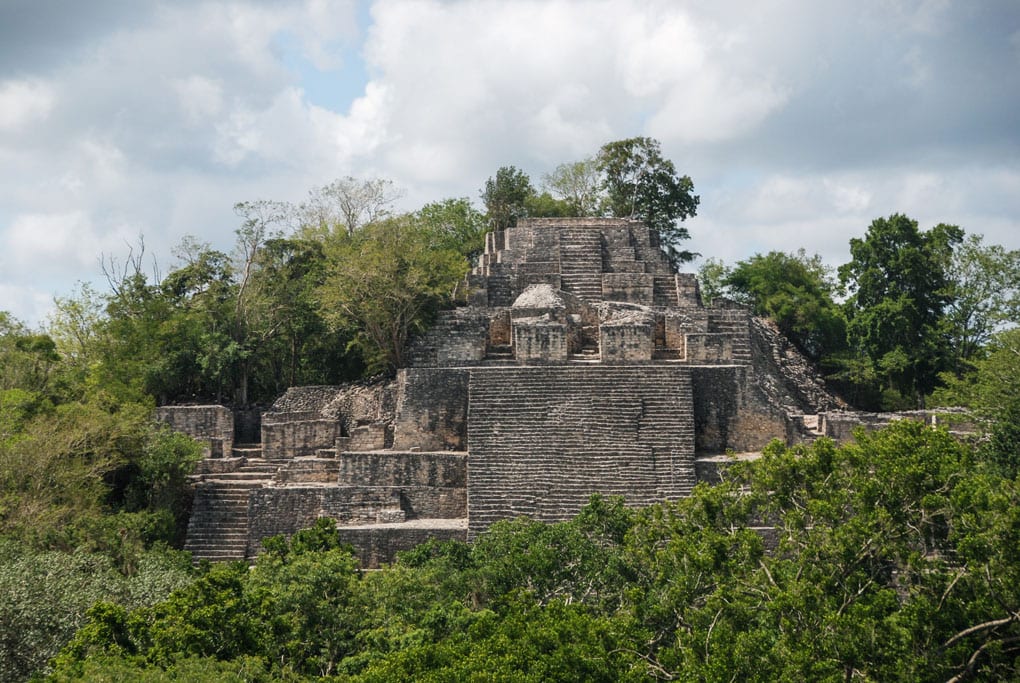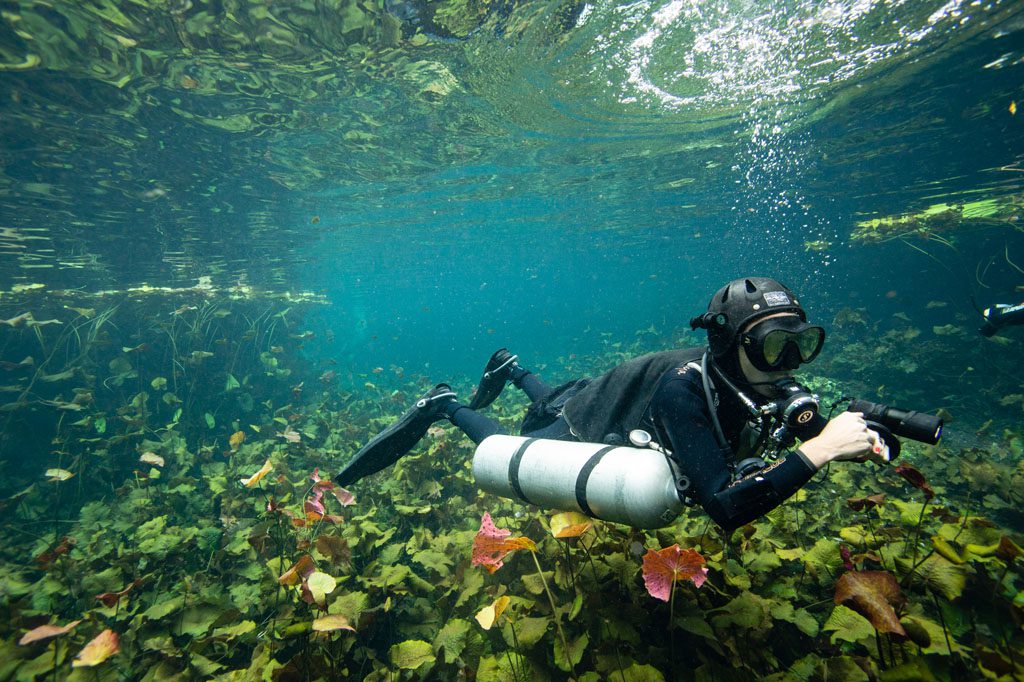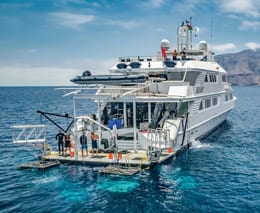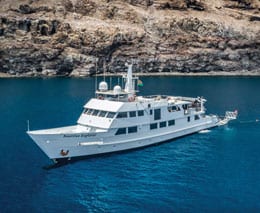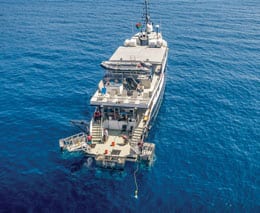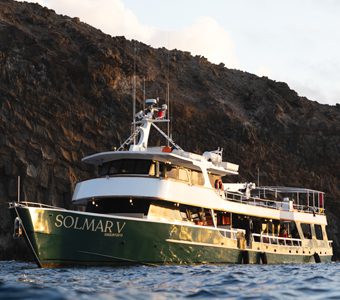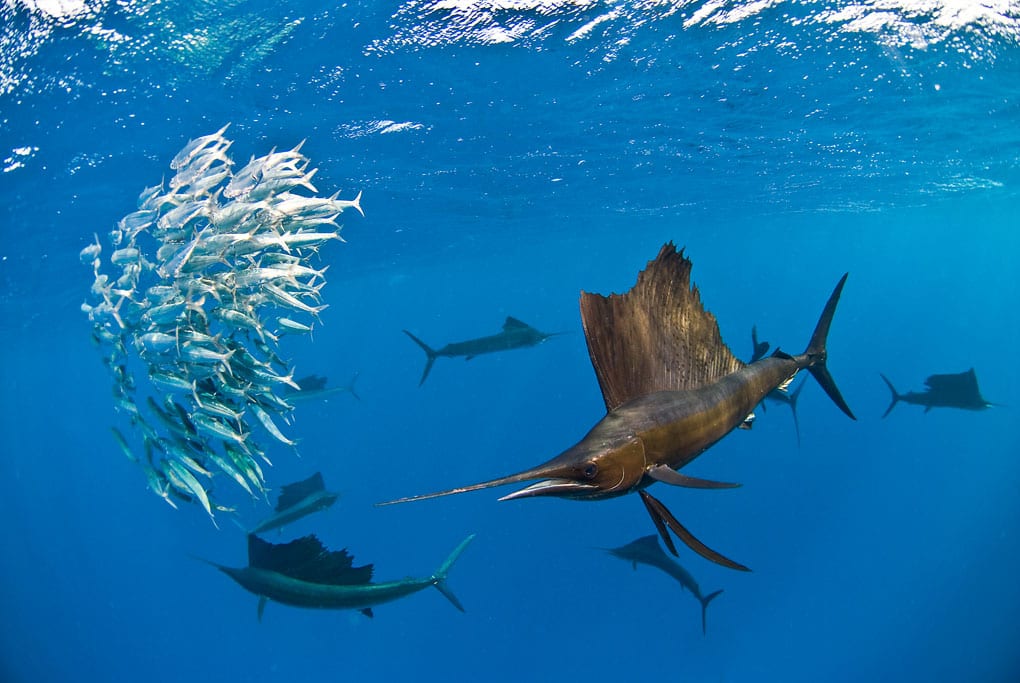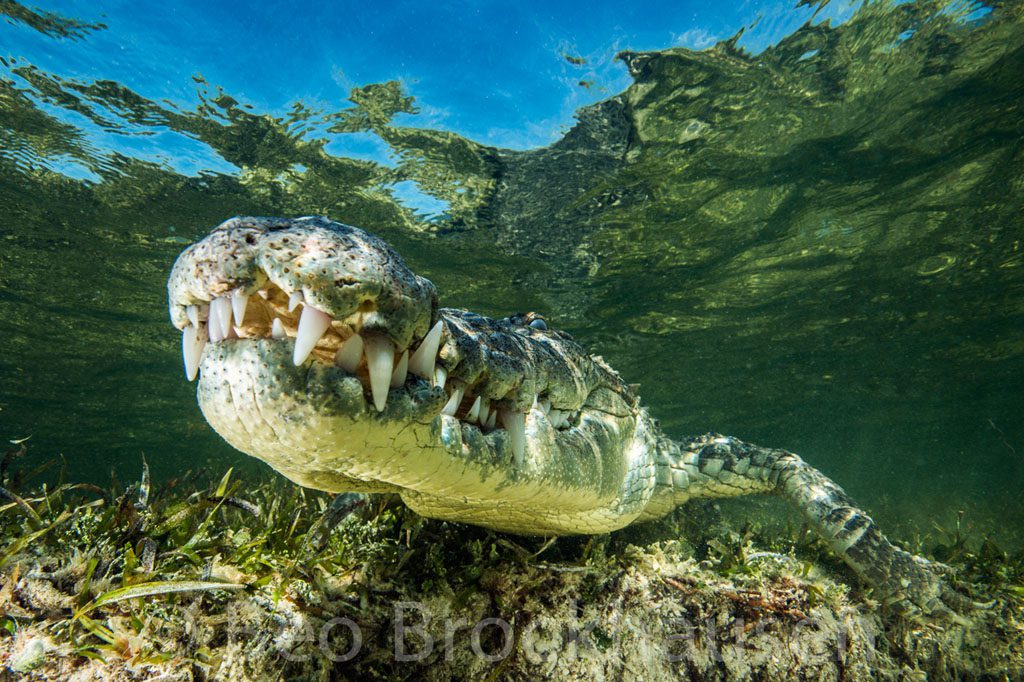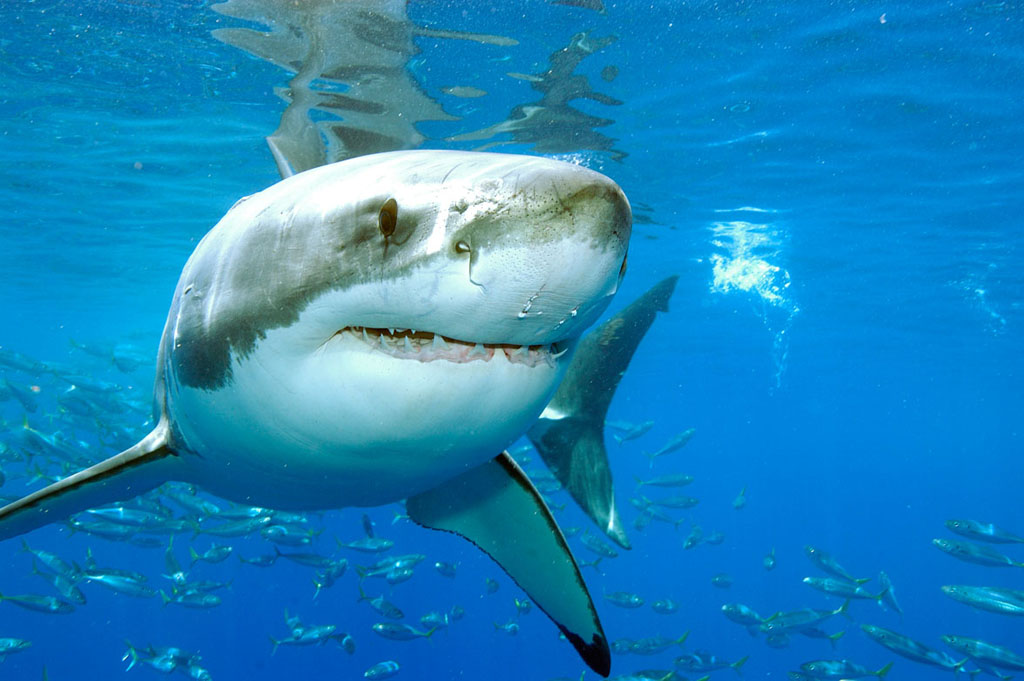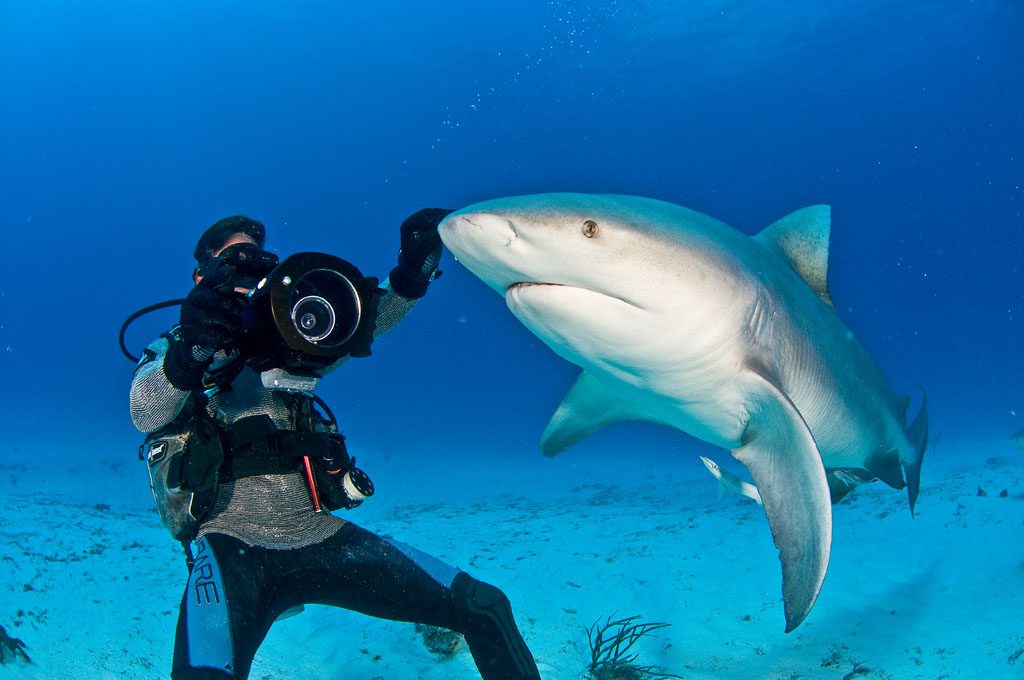Diving Mexico’s two coasts offers a wide range of underwater experiences. On the west coast, dive the vast kelp forests of the Pacific, experience the pelagic action of Guadalupe and Socorro and explore the hidden reefs of the Sea of Cortez and Baja California. Baja California, a narrow strip of land between the Pacific Ocean and the Sea of Cortez offers scenic beauty, nature experiences and excellent diving.
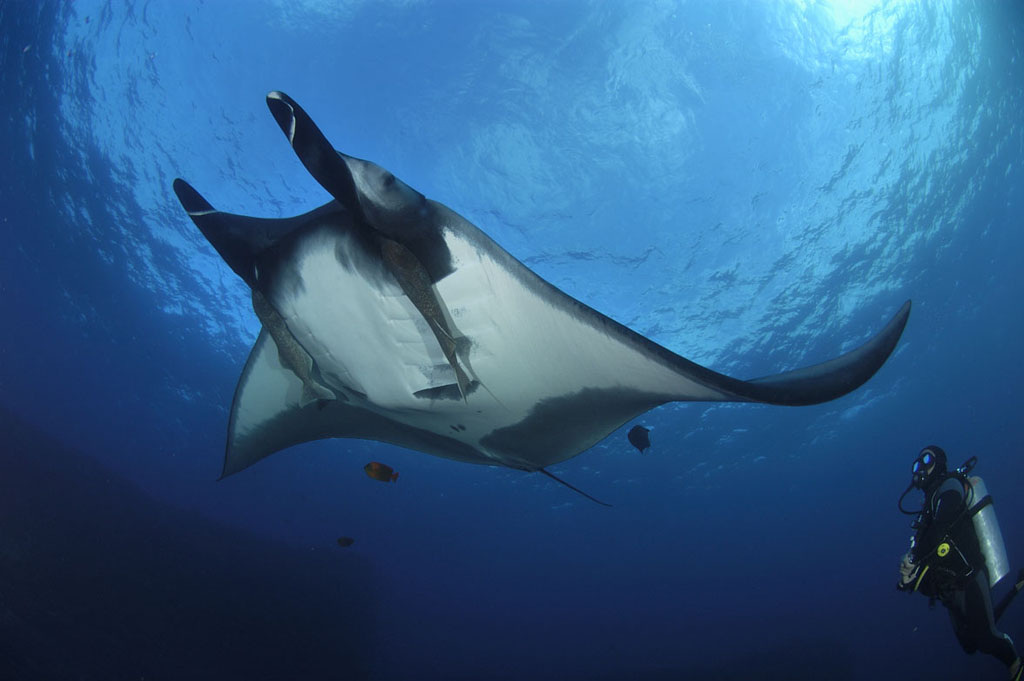
The dive sites of the Sea of Cortez (in the Gulf of California) are impressive, more for the great abundance of fish than coral coverage. Dive sites such as Los Islotes with its colony of sea lions are a highlight and if you are very lucky, you may see hammerhead sharks at the El Bajo Seamount.
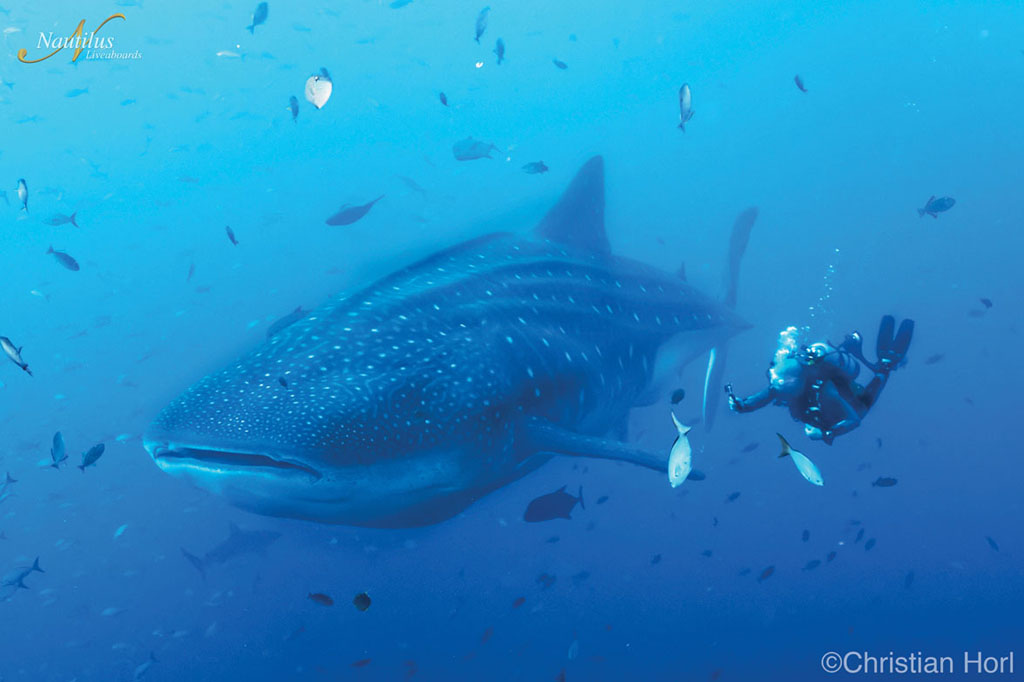
On the east coast, dive the unspoiled reefs of the Banco Chinchorro Biosphere Reserve and Xcalak on the Yucatan peninsula, 100s of shipwrecks in the Caribbean and even snorkel with American crocodiles. Pelagic-lovers will also be impressed with aggregations of whale sharks, bull sharks and sailfish off the coast from Cancun and Playa del Carmen.
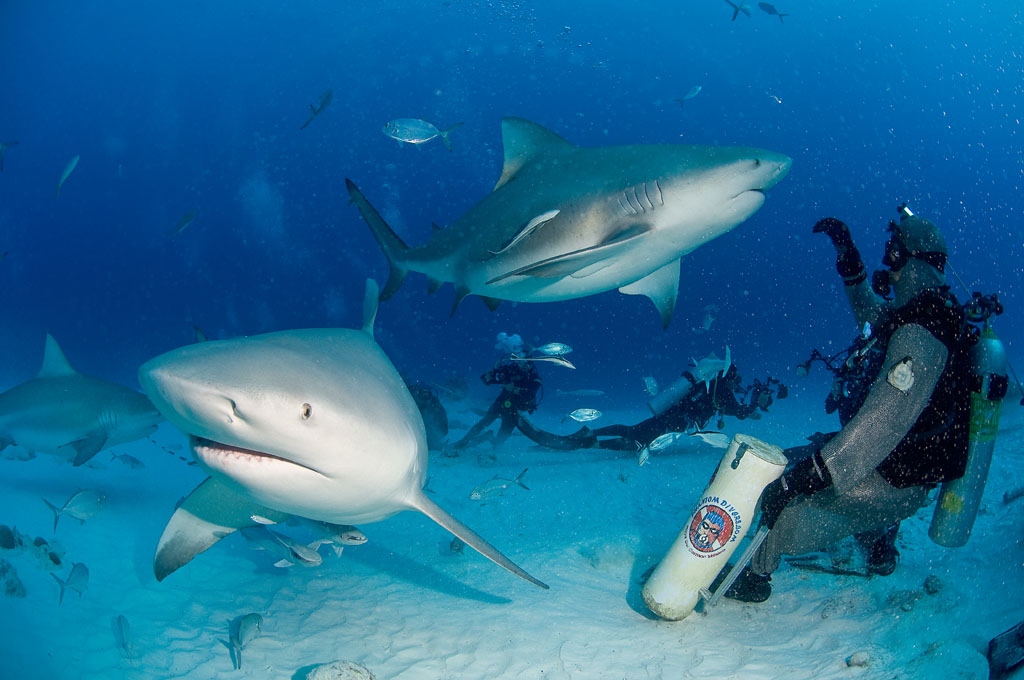
On the Yucatan Peninsula there’s also a freshwater diving experience in the stunning cenotes cave system, the most popular being Cenote Dos Ojos.
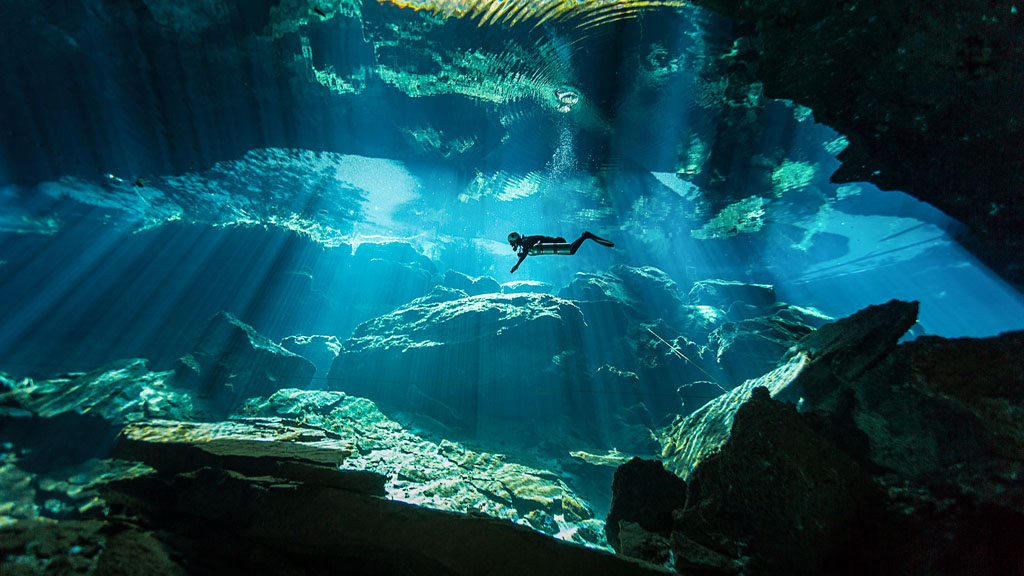
The Yucatan and the east side of Baja California are generally protected from heavy current, creating good dive sites for beginners. However, offshore islands like Guadalupe and Socorro Island should only be attempted by advanced divers due to the strong currents.

The Xcalak Reef National Marine Park and the Banco Chinchorro Biosphere Reserve are two of the Caribbean’s last hidden, unspoiled gems. Divers have access to more than 20km of protected reef that feature several one-of-a-kind dives, such as “La Poza,” where 100s of tarpon gather in the summer months, manatees on the reef and unique topographical formations.
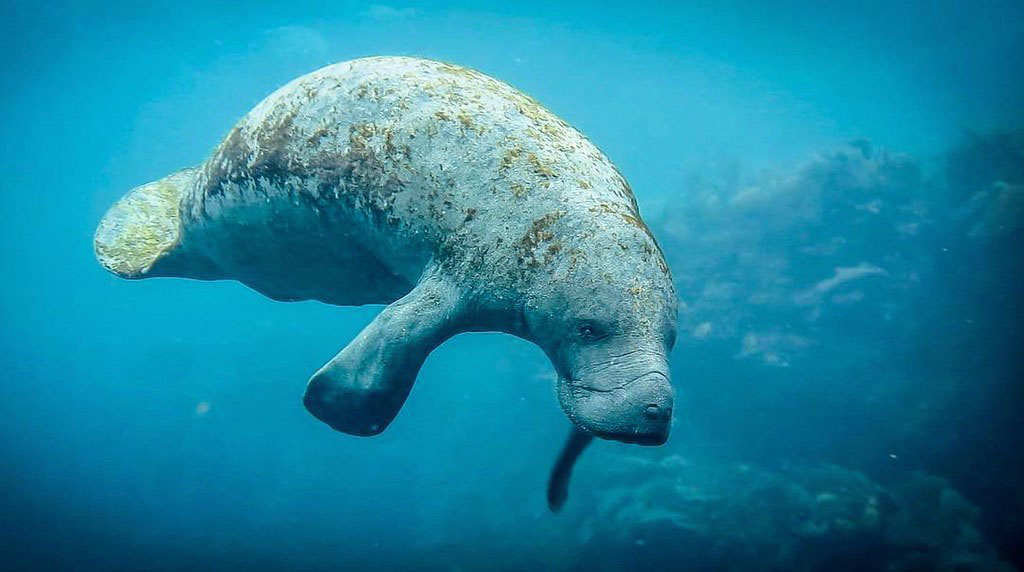
Banco Chinchorro is the Northern Hemisphere’s largest reef, home to the world’s largest population of American crocodiles, plus more than 100 wrecks and 100 square kms of healthy reefs in an atoll setting.
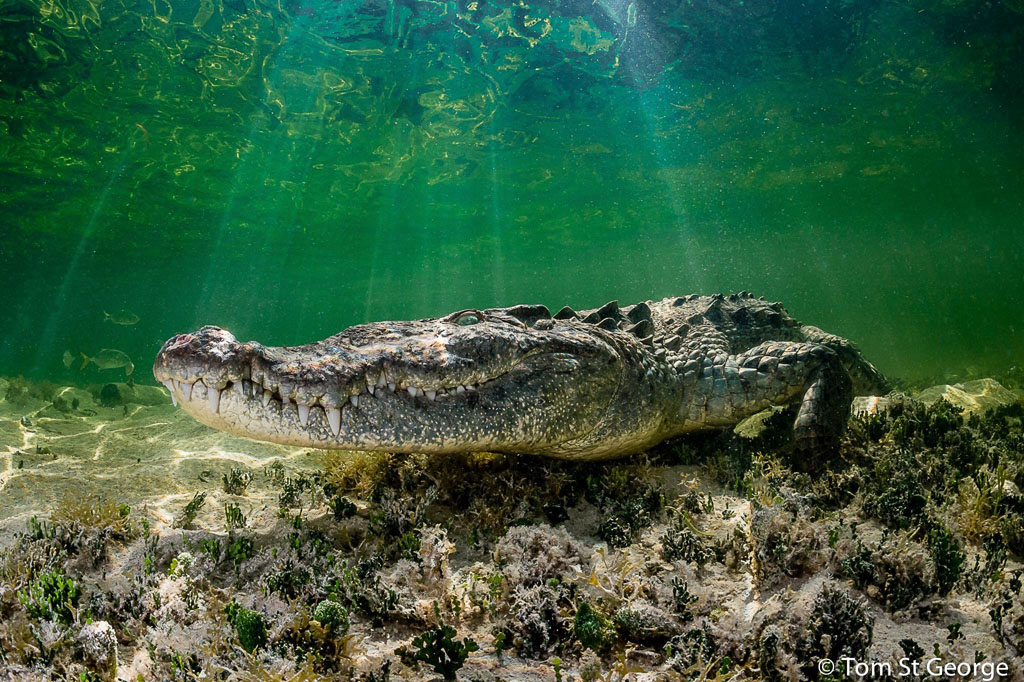
The Great Blue Hole on Lighthouse Reef in Belize is a big bucketlist item for many divers around the world – and this is also easily accessed from Xcalak on the Yucatan Peninsula.
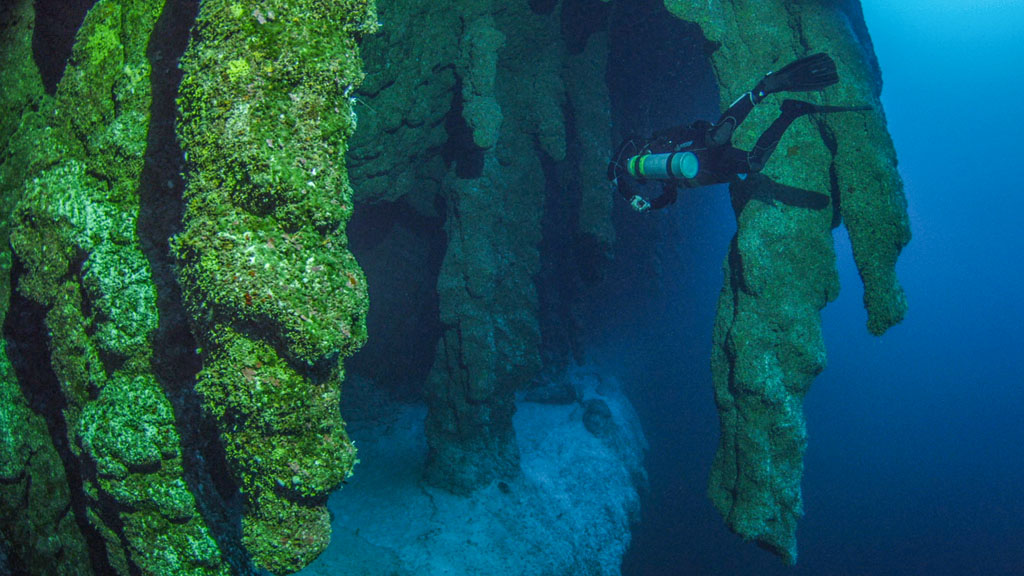
In Central America, Mexico is vast, curving from Southern California around the Gulf of Mexico to the borders of Belize, Guatemala. The main dive areas are Isla Socorro, Isla Guadalupe, Baja California and the Yucatan peninsula – all of which are very different.
Mérida, Yucatán, Mexico
Isla Guadalupe, Baja California, Mexico
Isla Socorro, Durango, Durango, Mexico
Mexico City, Estado de México, Mexico
Getting There
Mexico City, Cancun and Puerto Vallarta all have international airports.
Climate
Baja California has a tropical desert climate with very little rainfall. The temperatures are between 20°C in January and 35°C in September. The Socorro Islands have a tropical climate with little rainfall. The temperatures are between 24°C in January and 35°C in August. Yucatan has a humid climate. The average air temperatures vary depending on the season between 25°C and 35°C.
November to May is the best time to dive Socorro. Liveaboards set sail for this remote island at this time, because the sea conditions in the Pacific are calmest during these months, and these months provide the best conditions for manta ray diving.
Elsewhere in Mexico, November to May is considered high season for general tourism, causing an increase in accommodation rates throughout the country. This season is also the best season for Bull Sharks near Playa del Carmen.
August to October is Guadalupe liveaboard season. During these months, the coldest water temperatures arrive with an average surface temperature of just 19°C to 22°C. These temperatures attract the Great White Sharks making this the best time to dive in Guadalupe.
August to November is also the season for liveaboard diving in the Sea of Cortez. While Guadalupe is cold, the Sea of Cortez is at its warmest. The water is approximately 27°C and these are the best months for hammerhead encounters in the region. Be aware, these months represent the highest risk of hurricanes.
The best time for cenote diving is between May and September. These months bring the best light to the caves and result in the better photographs.
Also note that diving on the Caribbean side of Mexico is possible year-round. Keep an eye on the forecast during summer and early autumn. These seasons do see the occasional hurricane. June to September in particular is best for whale sharks near Isla Mujeres.
Power
127V, plug type A & B
Currency
Mexican Peso (credit cards widely accepted).
Calling code is +52
Other Activities
The Yucatan Peninsula is bordered in the east by the Caribbean Sea and in the west by the Gulf of Mexico. Yucatan offers Caribbean beaches and many relics of the Mayas. The temples of Chichen Itza, Uxmal and Tulum are “must-sees”.
Valladoid. Built over the ancient city of the Maya that was, in turn, built around sacred cenotes, Valladolid today offers a tranquil, authentic colonial setting, rich in history. Here you can visit the ruins of Coba and Uxmal and the flamingos of Celestun.
Calakmul is one of very few remaining major archaeological sites in Mexico that hasn’t been developed. Located within a Biosphere Reserve, it is the country’s only mixed heritage (cultural and natural) UNESCO World Heritage Site.
